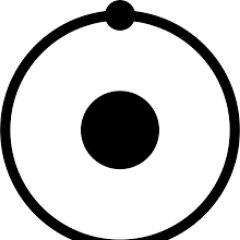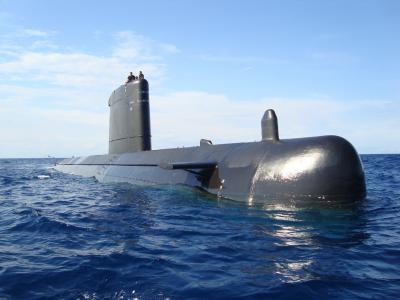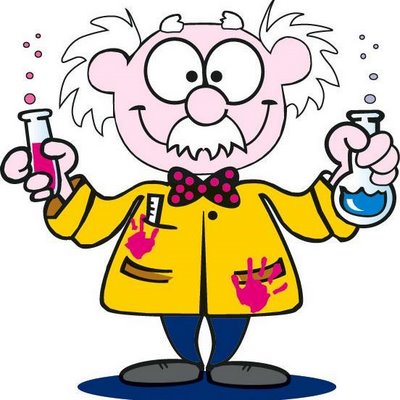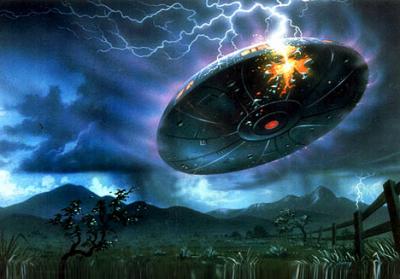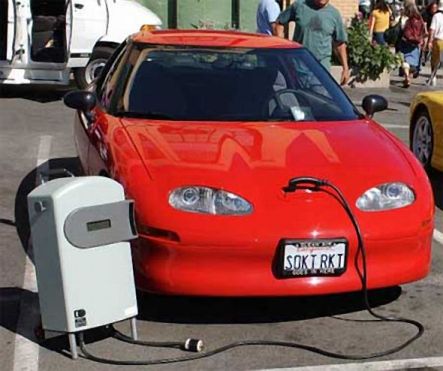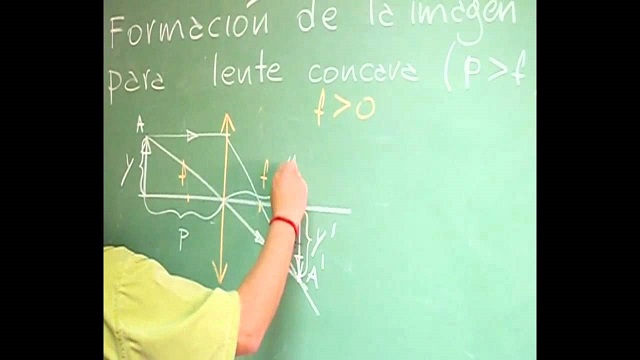
Todo profesor de física se encuentra con este "problema" cuando, llegadas estas alturas del curso, tiene que explicar la óptica geométrica: ¿Qué criterio de signos utilizo?
En realidad no es un problema, porque cada persona lo tiene claro desde un principio, tiene su sistema favorito y es el que utiliza un año tras otro. Sin embargo , ¿qué es esto del criterio de signos?
Es algo que hemos estado usando desde hace bastante tiempo. Desde el momento en que en matemáticas aprendimos a utilizar los números negativos, estamos usando implícitamente un criterio de signos. Normalmente las distancias, velocidades y, en general, cualquier magnitud que vaya a la derecha la consideramos positiva y cualquier magnitud que vaya a la izquierda es negativa.
Si tratamos un problema vertical, hacia arriba se considera positivo y hacia abajo negativo.
Así pues, si tenemos un objeto a la izquierda de una lente, lógicamente su posición será negativa, y si está a la derecha, su posición será positiva. Tal y como hemos estado haciendo siempre.
¿Por qué cambiar este sistema de referencia?
Bueno, para los teóricos de la óptica, los que hacemos ejercicios sobre papel, nos resulta muy cómodo seguir usando este criterio. Incluso cuando hacemos montajes prácticos, lo aplicamos sin problemas. Sin embargo, para los ópticos que están todo el día frente a lentes y espejos reales, les resulta más fácil distinguir entre espacio objeto y espacio imagen.
El espacio objeto de una lente es el que está delante de ella, y aquí, las distancias para los objetos son positivas y para las imágenes son negativas. De esta manera se ahorran arrastrar el signo menos cuando se coloca el objeto delante de la lente, que es en la mayor parte de los casos.
De forma análoga, en el espacio imagen (tras la lente) son las imágenes las que se miden con el signo positivo.
Este pequeño cambio de criterio, que se hace por comodidad y para evitar errores debidos al signo, modifica ligeramente las distintas ecuaciones que usamos durante el curso.
Para que quede claro, y puesto que nosotros vamos a utilizar el criterio de signos matemáticos usual (a la izquierda con signo menos), vamos a plasmar aquí las ecuaciones que se usan a lo largo de este tema:
Hemos de tener en cuenta que las magnitudes sin ’ se refieren al objeto, y las magnitudes con ’ se refieren a la imagen, así la distancia objeto es s y la distancia imagen es s’.
Asímismo, es interesante notar que si tenemos una superficie cóncava el centro de curvatura estará a la izquierda del vértice y por tanto nos saldrán radios negativos. En el caso de las superficies convexas saldrán radios positivos.
Dióptrio esférico:
n2/s’ - n1/s = (n2-n1)/R
Ya sabemos que si hacemos que el radio sea infinito, tenemos un dióptrio plano:
Dióptrio plano:
n2/s’ - n1/s = 0
En los dióptrios el aumento lateral, o relación entre el tamaño de la imagen y el objeto se determina de la siguiente manera:
β = y’/y = n1 s’ / n2 s
Asímismo, podemos obtener las ecuaciones de los espejos considerando el índice de refracción n2 = -n1 en la ecuación del dióptrio esférico:
Espejo esférico:
1/s’+1/s = 2/R
ó, considerando que la focal siempre es la mitad del radio de curvatura:
1/s’+1/s = 1/f
Espejo plano (R--> ∞)
1/s’+1/s =0
En los espejos , el aumento lateral es:
β=-s’/s
Por último en las lentes delgadas, en las que suponemos una lente formada por dos dióptrios muy próximos entre sí, tanto que se confunden el vértice de los mismos, tenemos la
Ecuación del constructor de lentes:
1/s’- 1/s = (n-1)(1/R1 - 1/R2)
Que, si tenemos en cuenta las distancias focales, en vez de las características físicas de la lente, se puede transformar en:
Ecuación de Gauss de las lentes delgadas:
1/s’ - 1/s = 1/f’
El término 1/f’ se denomina potencia de la lente y se mide en diptrías (si la focal f’ se ha medido en metros)
En las lentes, el aumento lateral es:
β= s’/s
